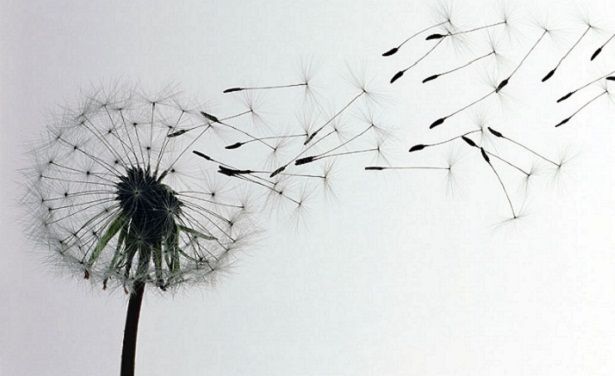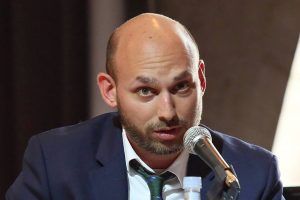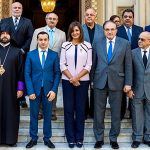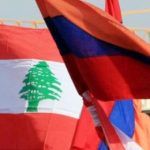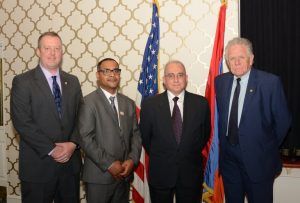Over 40,000 Islamized Armenians live in Mush, most of them have rediscovered their identity

The Pan-Armenian Games helped reveal the active efforts of newly established Armenian structures and organizations in Western Armenia. According to armradio.am, members of the Taron-Turuberan Compatriotic Union talked about their activities and their revelation of the Armenian identity during a press conference.
Vice-chairman of Taron-Turuberan Compatriotic Union of Mush Gevorg Chalish talked about the goals of the first Armenian compatriotic union of Mush and the difficulties that the union has faced. “It’s hard to do such work in Mush since Mush is a place where the people are religiously obsessed. However, we took the risk. We thought about teaching the youth Armenian and Armenian history since there are no Christian Armenians there. All the Armenians are Islamized Armenians, but they already accept the fact that they’re Armenian.”
According to chairman of the compatriotic union Hairedin Arslan, there are always different kinds of risks for them. Arslan doesn’t speak Armenian, but is trying to learn. He said there have been risks in these areas for 100 years and that they have grown up with difficulties. “We were born in Mush, and everyone knows that we’re Armenian.”
Gevork Chalish said there are many Islamized Armenians. Gevorg, who is originally from Sasun and is based in Istanbul, said a Kurd told him that there are 40,000 Islamized Armenians living in Mush and the nearby areas. The maternal side of 40 percent of them is Armenian, and the paternal side of 10 percent of them is Armenian. This is on the average. Gevorg believes participating in the Pan-Armenian Games for the first time provided them with a great opportunity to establish contacts.
Representative of the National Council of Western Armenia Simon Taronyan noted that everything used to be closed and there were no relations between the Armenians of Western Armenia and the Armenians of Soviet Armenia. Everyone thought there were no Armenians left in Western Armenia, but the Armenians there converted to Islam and kept their identity concealed. “It was like having three small close-knit communities. There are even tribes, for example, the Khorkhorunis became the Khorneken, the Mamikonyans became Memikane. The Armenians who knew each other continued to keep in touch secretly,” says Gevorg.
Gevorg Chalish mentioned that one of the other main purposes of creating the compatriotic union is to have the Armenians of Mush and the nearby areas get to know each other.
Simon Taronyan said there are Armenians everywhere, crypto or revealed. Communities have started becoming organized, and the newly forming compatriotic unions will contribute to that. Taronyan believes the first thing we need to understand is that being Armenian doesn’t only mean being a Christian Armenian, but having the blood and mindset of an Armenian and that we need to help make sure the Armenians living as Armenians secretly return to their identity, learn their language and study their history.




 Արևելահայերեն
Արևելահայերեն Արևմտահայերեն
Արևմտահայերեն Русский
Русский